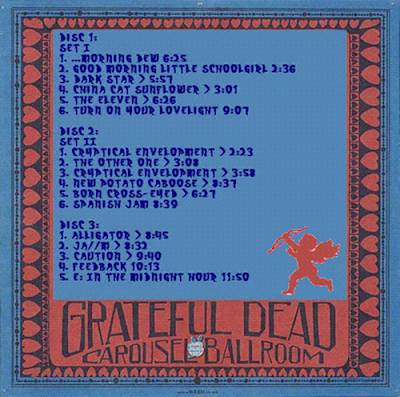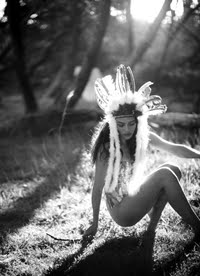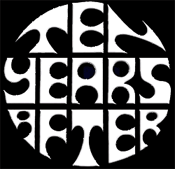

Going to post a few in the next week or so with a somewhat Valentines theme to them. Coming off the Ruby Starr( a valentine in her own rite) series is a good time to think hearts and flowers and some Good Ole Grateful Dead among others
In the winter of 1968, the Grateful Dead and Quicksilver Messenger Service embarked on their first major tour of the Pacific Northwest. Now, this wasn’t an era when bands traveled in plush custom tour buses and stayed in luxury hotels. Rather it was a caravan of funky cars and semi-dilapidated equipment trucks bombing up US 101 from the Bay Area to points north and hotels that probably weren’t going to make the AAA guide book. But the bands played like beasts in Washington and Oregon, spreading San Francisco magic in an assortment of small auditoriums and ballrooms. The Dead, in particular, were really spreading their creative wings, exploring and honing what were unquestionably the most ambitious original songs they’d written to date. Their old friend Robert Hunter had penned lyrics for unusual songs called “Alligator,” “China Cat Sunflower,” “Dark Star” and “The Eleven,” and there were also mind-boggling new tunes such as “That’s It for the Other One,” “New Potato Caboose” and “Born Cross-Eyed.”
Now, while the Dead were on the road blowing minds in places like Eureka, Seattle, Portland and Ashland, Oregon, a couple of their “people” back home were busy signing a lease that would give the Dead, Jefferson Airplane and other interested freaks, control over a fantastic new venue: San Francisco’s venerable Carousel Ballroom, a one-time Big Band dance hall that was little-used by the mid-’60s. In January, before the Northwest tour, the Dead and Quicksilver had put on a successful dance there (a “Ben Franklin’s Birthday” celebration, the poster said), but the Grand Opening of the ballroom was slated for Valentine’s Day, with the Dead and Country Joe & the Fish on the bill. One of the scene’s budding artists, Stanley Mouse, produced a poster for the event with a jug-eared, retro geek imploring his prospective romantic conquests to “Be Mine,” and a pair of local FM rock stations carried the show live on radio.
This magnificent show—long admired by Dead Heads (and the band—it’s a Phil Lesh favorite)—captures the Dead at a real turning point in their career: When they tossed out the rock rule book and truly found their own sound. They tried out nearly all their new songs that night, and everyone was amazed at how effortlessly—yet powerfully—one flowed into the next and how their sets ebbed and flowed and exploded and got quiet and covered such an incredible range of textures and emotions. This wasn’t just a good-time dance band. This was serious… and still a good time! Write up from Dead Net























































































2 comments:
Thanks for sharing this more (in my opinion) overlooked era of mighty GD
I saw the Grateful Dead around this time, and they rearranged my brain forever. They grabbed you and took you on their glorious musical trainride. Thank You.
Post a Comment